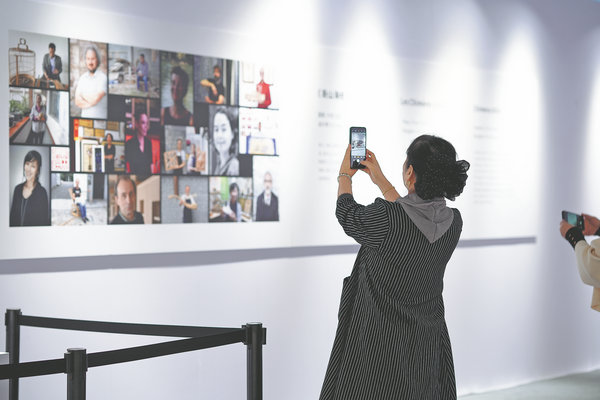

The exhibition of collaborative cultural heritage grew out of an idea French artist Eric Benque had in 2019, and his belief that artistic confrontation benefits everyone and reveals inner qualities.
"Since a number of people are involved in the creation of each object, each at a different stage, it makes it impossible to fully control the final shape and result. What is most visible at the end is the quality of the craftsmanship, rather than the intentions of the participants," Benque says.
During the process, Benque made a point of urging the artists on both sides to try to express the nature of the skills involved in the crafting of each object, to permit visitors to appreciate the qualities they embody.
"I was surprised and moved by their enthusiasm. They entrusted me with their work without knowing what it would become, and they all agreed to take a fresh look and challenge their habits," Benque says.
He wants the exhibition to play a positive role in encouraging more artists to find ways to keep exploring, experimenting and learning.
"Keeping cultural heritage alive means challenging it constantly, or it becomes the repetition of meaningless gestures and postures."
Benque says he got a good measure of the beauty of Chinese intangible cultural heritage during preparations for the exhibition.
"China is vast and offers such a variety of contexts that people have developed a countless number of skills," he says.